Projects
Running projects
maB4As
Microbially active biochar filters for the remediation of CHC-contaminated sites
The maB4As project deals with alternative remediation technologies (microbially active biochar filters (MAB)) for the ex-situ groundwater remediation of CHC-contaminated sites. Through the controlled growth of microbial communities on the climate-neutral and resource-saving filter material biochar, the synergy effects of pollutant sorption and microbial pollutant degradation are to be utilised in order to increase filter runtimes, reduce remediation costs and expand the repertoire of remediation technologies. Using the example of chlorinated hydrocarbons (CHCs), a prominent representative of the groundwater contaminants encountered in Austria and worldwide, such a microbially active biochar filter (MAB) is to be planned and investigated in large-scale tests (technical centre, field) for its application in the field. The pilot plant experiment is the essential interface between laboratory and field and serves to optimise the process conditions on a pilot scale in order to make MAB fit for a wide range of hydrogeological conditions and pollutant loads on contaminated sites. Subsequently, the MAB is to go into pilot testing on a CHC contaminated site (integrated into the remediation measures there). The MAB4As project builds on the substantial results of the CHARBAK project. In this project, CHC-sorbing biochars were produced and tested on a laboratory scale in combination with a specially established microbial community with a view to their application in an MAB. The results provided the proof-of-concept for the application of an MAB for complete CHC retention and degradation. Building on this, the MAB4As project aims to bring this remediation technology into practical application so that it can be used as state-of-the-art technology for contaminated sites.
CVCF
Constraining Vienna's Carbon Footprint using Stable Isotope Techniques on two tall towers in and outside Vienna
Cities are hot spots of anthropogenic greenhouse gas (GHG) emissions. Recognizing this, cities across the world, including Vienna, have announced ambitious net zero targets. However, the efficacy of mitigation may be compromised by uncertainties in municipal GHG inventories. Observations and atmospheric modeling can provide powerful solutions to independently monitor progress of urban climate mitigation policy and enhance transparency. Constraining Vienna’s Carbon Footprint (CVCF) will build upon the infrastructure, partnership and findings of the Vienna Urban Carbon Laboratory (VUCL), which established a tall-tower research station measuring CO2 and CH4 fluxes, concentrations and stable isotopes in Vienna’s city center. In addition to continuing these measurements, CVCF will establish a peri-urban observation station in the Vienna Woods and develop a new clumped-isotope method to better distinguish traffic emissions from biogenic sources of CO2. To unlock the full potential of these measurements for quantifying Vienna’s CO2 and CH4 emissions, CVCF will use atmospheric transport modelling. The project will develop a completely novel isotope-enabled inverse modelling framework that will combine the information contained in the various measurements. The foreseen system will take advantage of both the highly resolved but spatially limited information contained in the flux footprints as well as the less resolved yet spatially more extensive concentration footprints. This approach will set new standards for urban-scale inverse modelling, to make best use of tall-tower observations of both GHG fluxes and concentrations. The resulting multi-scale inversion system will also be able to constrain urban GHG emissions simultaneously and fully consistently with the GHG emissions on larger scales (e.g., national or European).
Adapt4K
Involving citizens and foresters in how to prepare for the effects of climate change-related drought stress on bark beetle outbreaks in Lower Austrian forests with a toolbox for stable isotopes and drones.
Norway spruce (Picea abies) is the most economically important tree species in Austria. Projected temperature increases and major changes in precipitation patterns will have a significant impact on forestry and increase the risk of bark beetle infestation (e.g. 1.97 million m³ of beetle-damaged wood in Austria in 2021). The aim of Adapt4K is to provide foresters and the forestry sector with the latest scientific knowledge on risks to which certain stands are exposed in order to support decision-making for adaptation to future climate change. In addition, this joint action aims to promote more resilient landscape planning and strengthen communication channels between local stakeholders (foresters and forest managers) and the multi-institutional counterparts (BFW, LF4 and BOKU). We have characterized a number of P. abies sites with bark beetle infestation in Austria. The relationship between recent bark beetle infestation, tree ring data and site characteristics is used to predict future infestation risk. Using a citizen science approach, we place foresters at the center of the data collection and decision-making process: site-specific forest data is collected and interpreted to assess the risk of bark beetle infestation. In this way, we hope to raise awareness and increase personal responsibility.
JDS5-Isotopes
Tracing the origin and fate/behaviour of nutrients and water in the Danube River using stable isotope techniques
Within the frame of the Danube River Survey 2025 we will especially look at the source and fate of nutrients (namely carbon, phosphate, sulphate and nitrate) and water in the Danube river using stable isotope techniques. As a basic but important parameter we will determine both hydrogen and oxygen isotope composition of the river water (2H-H2O and 18O-H2O) to define the contribution of various sources of water as well as processes such as evaporation using a mixing model approach. This information is the basis for interpreting the fate and behaviour of nutrients in the river system. Among the nutrients, we will investigate the carbon isotope composition of dissolved inorganic carbon (13C-DIC), which will give the possibility to assess the source of dissolved CO2, especially estimating the contribution from organic material degradation. The oxygen isotope composition of phosphate (18O-PO4) will be used to draw conclusion on its source but also to identify the microbial turnover of phosphate in the river system. The later is done by comparing 18O-PO4 with the 18O-H2O of the river water. The sulphur and oxygen stable isotope composition of sulphate (34S-SO4, 18O-SO4) is used to identify its source but most importantly to define its biochemical turnover in the river system. Last but not least the oxygen and nitrogen isotope composition of nitrate (18O-NO3 and 15N-NO3) will help to define nitrogen sources and quantify processes in the nitrogen turnover. The parameters are interlinked and will give a full picture on the sources and the prevailing biochemical processes such as organic matter degradation, sulphate reduction, denitrification, and biotic phosphate turnover. The stable isotope results will be interpreted in the light of previous surveys (1988, 2008 and 2019), where stable isotopes of water and nitrate had been monitored.
Laser2Drone
Laser2Drone-Isotope analysis of greenhouse gases and water vapour.
Our vision is to further develop the isotope-sample collection module for analysis with the more available laser based systems for isotope analysis. The idea is that system could fit on to any suitable commercially available drone or blimp and that could be controlled independently of the drone system. We have developed such a system for isotope ratio mass spectrometer systems in FFG projects Iso-2-Drone, but developing the system for laser would significantly improve the reach and applicability of the system. In the initial months the isotope-sample collection module will be constructed and programmed to fit a suitable commercially available drone or blimp; this will be an iterative process dependent on the method of sample collection. The specific objective of the project will be to develop an isotope-sample collection module to fit on to a commercially available drone or blimp. We will test whether the system can then be meshed with the CDR laser systems for isotope analysis. We have made a number of methodological improvements that would allow us to sample 18-O and the greenhouse gases CO2, Methane and nitrous oxide. We now seek to determine whether this would be possible on the CDRS system.
VUCL-Iso
Vienna Urban Carbon Laboratory - Isotopes
- Stable carbon isotope measurements for monitoring urban CO2 emissions in the city of Vienna
- Characterization of the isotope carbon signature of various CO2 sources
- Methodological aspects for implementing a cavity ring-down laser absorption spectrometer for long-term monitoring and integration in an eddy covariance isoflux system
- Analysis and interpretation of measured ambient isotopes and isofluxes
EJP SOIL
On the way to a climate-friendly, sustainable cultivation of agricultural soils
The overall aim of the EJP-SOIL is to build a sustainable European integrated research system for agricultural soils. A frame of reference for climate-friendly and sustainable agricultural land management is to be developed and implemented. This creates an environment in which the contribution of agricultural soils to major societal challenges is maximized. These challenges include food and water security, sustainable agricultural production, adaptation to climate change, climate protection, provision of ecosystem services, conservation of biodiversity and human health.
MaxRoot-C
Optimizing roots for sustainable crop production in Europe - pure cultures and cover crops.
To reduce the effect of climate change on food security, carbon farming is indispensable. Mobilizing crop producers to support this transformation requires promotion of cropping systems with equivalent profitability, but higher soil C sequestration. The most viable yet neglected option is through increased and deeper roots of main and cover crops. MaxRoot-C will pioneer assessment methods closing this knowledge gap by providing robust hard data on the root C inputs of main crop varieties and different cover crops across the EU, to determine main drivers and model the C sequestering potential therein. It will provide policy relevant data on which to base future CAP instruments and contribute to the development of future carbon sequestration standards for the EU approved seed lists.
Visit the Homepage
MixRoot-C
Are mixed species systems fostering belowground C inputs and C sequestration?
MixRoot-C project aims to measure in situ root carbon (C) production and to propose root traits related to soil organic C storage in topsoil and subsoil in the context of diversified agrosystems in Europe (e.g. intercropping, grasslands, and agroforestry). The project accounts for the interactions between climate, soil type, above- and belowground plant compartments, plant species and soil C. In order to provide a reliable assessment of belowground C inputs of mixed species systems across Europe and to assess the related co-benefits and trade-offs associated to an increase in root productivity, MixRoot-C will use complementary approaches, including literature reviewing, collection of existing and new data from long-term field experiments, and process-based modelling.
Visit the Homepage
EOM4SOIL
External organic matters for climate mitigation and soil health
EOM4SOIL aims at proposing best management practices of external organic matter (EOM) pre-processing and application on soil to contribute to climate change mitigation and improve soil health. Representative farming systems in Europe (arable crops and vineyards) are selected, taking into account the diversity of pedoclimatic conditions. The net budget of soil C storage and greenhouse gas emission including the pre-process step and field application, is assessed as well as the multiple effects of EOM application on soils including contaminants are quantified. Innovative pre-processing are recommended to improve C budget and soil health. The best management practices are defined from scenarios of use assessed with a multicriteria simulation tool, parameterized from long-term experiments.
BarkBeAT
Spruce is the most economically relevant and most common tree species in Austrian forests. Due to its shallow roots, its water availability is limited, so that drought and high temperatures particularly favor drought stress and its risk of bark beetle infestation. Signatures of stable isotopes (13C, 18O) in tree rings provide detailed information on past climatic fluctuations as well as on physiological responses of a tree to environmental and geomorphological conditions (e.g. availability and utilization of soil water). This knowledge can significantly improve our understanding of past and future impacts of climate change (temperature increase, changing precipitation patterns: extreme summer drought, low snowfall, ...). Drought stress detected by measuring tree ring isotope chronology can be a good way of predicting susceptibility to subsequent bark beetle infestation. Such information provides the basis for the creation of drought and bark beetle risk maps, which, combined with growth models, facilitate the development of long-term climate change adaptation strategies for possible climate scenarios.
The project will use isotope methods at well-characterized sites to empirically determine the effects of climate change on the physiology (water use efficiency, stomatal conductance and photosynthetic capacity) of spruce in Austria and, if present, also allow conclusions to be drawn about an increased risk of bark beetle infestation.
Closed projects
TERZ
-
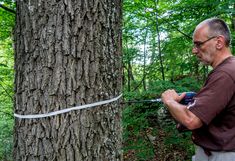
Start of the sampling campaign -
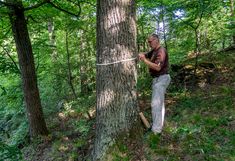
taking a core sample -
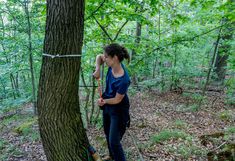
core sampling -
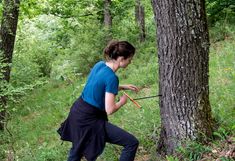
over 400 samples were taken -
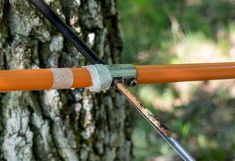
oak core sample -
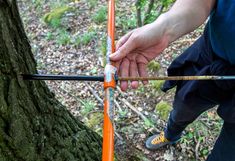
core sample extraction -
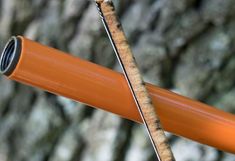
annual rings -
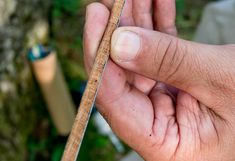
can you spot the dry years? -
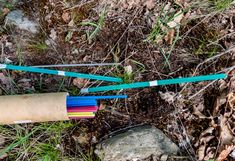
core samples -
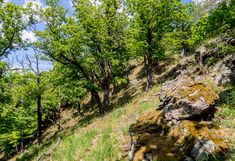
steep sampling area... -
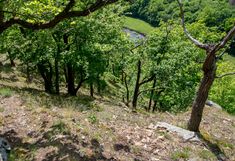
...and a demanding campaign -
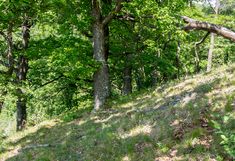
oaks at the slope -
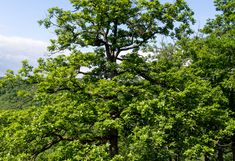
more sampling -

oak crown -
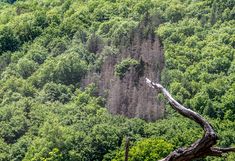
death of the spruce -
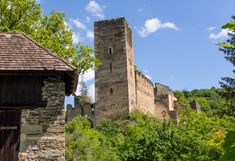
historic Thayatal -
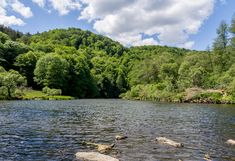
-
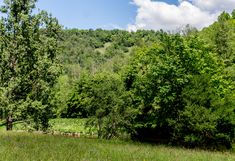
-
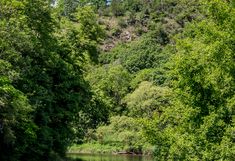
-
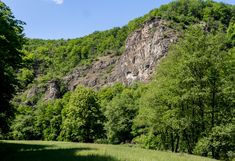
SOMMIT
Sustainable Management of Soil Organic Matter to Middle Trade-offs between C sequestration and nitrous oxide, methane and nitrate losses
The SOMMIT project will evaluate trade-offs and synergies between soil carbon sequestration, nitrous oxide, methane and nitrate losses that are influenced by soil management options to increase soil carbon storage.
The integrated and interdisciplinary approach will address the main pedoclimatic conditions and agricultural systems in Europe through
1) Synthesis and meta-analysis of available literature and data;
2) targeted, novel measurements on key experiments; and
3) Simulation of long-term agro-ecological system reactions to contrasting management options.
In addition, the data obtained are synthesized by a fuzzy expert system, the
4) an evidence-based identification of optimal strategies for alleviating conflicting goals and
5) enables effective stakeholder engagement.
CarboSeq
Organic carbon sequestration potential in agricultural soils in Europe
Storing carbon in soils reduces emissions and can help curb climate change. However, there is a lack of a comprehensive assessment of how much organic carbon (SOC) can be bound in European soils with different management options, especially taking into account national data on agricultural management. The aim of this project is to estimate the realizable SOC storage potential, taking into account technical and socio-economic constraints, and is based on current FAO activity for a global SOC storage potential map. The key to SOC storage is increased input of biomass (e.g. plant residues) into the soil. For this purpose, a new database is being created to facilitate model runs with RothC and other soil SOC models for various management scenarios. The potential implementation area is being developed together with all CarboSeq partners and the national expert centers. The maps of the SOC storage potential for various management options point to the most efficient agricultural management options at the regional level in order to store the SOC for climate protection and thus serve the political decision-makers.
Riparian strips
Efficiency of riparian strips to protect water quality against pollution from land use and climate change
Almost half of the land area in Lower Austria is used for agriculture. In the Mostviertel in particular, an intensification of fertilization has been observed in areas near streams in the last 5-10 years. This leads to an increased entry of phosphorus and nitrogen into the waters, which are deposited in the sediments and - especially in the case of phosphorus - can lead to chronic eutrophication of the streams due to redissolution. The problem becomes particularly clear when there are long dry periods with low water levels, as in summer 2018. Increased water temperatures and nutrient concentrations lead to microbial oxygen consumption in the sediment, which can be felt in the water column. In addition, the sediments can act as accumulators for faecal-borne pathogens that enter the waters via sewage, but also via organic fertilizers.
CHARBAK
The CHARBAK project helps itself with the development of the physically basic biochar filters for groundwater remediation. The focus is on the correct establishment of a biofilm in the biochar filter to not only sorb the contaminants, but also to hear them. Chlorinated hydrocarbons and polycyclic aromatic hydrocarbons are examined using naphthalene as an example. The development process has the initial production and the biofilms used in the process. The sorption and degradation of pollutants are improved and listened to under the working conditions in batch and crevice tests with the help of component-specific isotope analyzes.
Alien invaders
Dynamic interactions between Darwin's finches and an alien parasite in the early phase of invasion on the Galapagos Islands
Invasions or accidental introduction of bird parasites are responsible for many of the declines in avian biodiversity and are increasing as a result of an expanding global network of pathways. Parasites cause direct or indirect fitness loss by impairing reproduction and survival, and thus represent a major selective force. The fitness loss of hosts caused by pathogens , which is taken here as the working definition of virulence can arise via weight loss, anemia, reduced growth and effects on other life-history parameters. Virulence levels within and among host species can vary greatly and depend on a number of interrelated factors including the costs of virulence, the tolerance and resistance levels of the host, historical constraints, ecological factors and epidemiological features of the host–parasite interaction.
We aim to understand how a parasite establishes itself in a new host environment and how previously naive hosts respond to this challenge. Regarding the parasite, the focus of the current proposal is to assess differences in life history strategies between the ancestral continental population and the Galapagos population, and to investigate the factors driving the forward-shift of this parasite's life cycle on the Galapagos Islands.
Iso-2-Drone
At present, for gas emission measurements, sampling of the atmosphere must be carried out with the help of towers or airplanes - capital-intensive methods. Easy access to unmanned aerial vehicles (UAV) has opened up new possibilities for gas sampling. The Iso-2-Drone project aims to develop and produce a modular UAV-based gas monitoring system for emission measurements in order to replace current, expensive technologies additional Information
Iso-Potential
The "Iso-Potential" project enables the renewal and peripheral expansion of the isotope mass spectrometer (IRMS) equipment fleet in the stable isotope laboratory at the university and research site in Tulln (UFT). The old device to be replaced (GC-IRMS Delta S) has reached the end of its useful life and no longer corresponds to the state of the art. The project enables the acquisition of a modern and further developed device (GC-GasBench-IRMS). This not only replaces an old device, but also creates the possibility of methodically processing additional research topics (climate-relevant gases, water quality) by expanding the periphery.
IsoNEXUS
Heavy Metal City-Zen
Heavy metal contamination on human health often outweighs the real risk. Part of the problem is the lack of data in the context of urban production. In addition, collecting city-wide data on the condition of the soil is often difficult and expensive. In this project we want to try to overcome these problems by attracting citizens to simple collaborative experiments in their city gardens. From this data we will create a city map that will provide information about the health of the soil as well as the potential risk of heavy metal contamination. We will also provide information on ways in which these risks can be mitigated in an urban horticultural context.
Visit the Homepage
Listen to the Podcast
VermiCharbiome
We plan to undertake research and development in the area of plant nutrition using a worm compost and to test a series of different compost mixtures. We will also undertake varietal testing and determine the quality and nutrient uptake from the different mixtures and the how the compost acts as a potting compost for nursery gardeners. We will specifically test how biochar interacts with the worms and how the microbial composition of the compost changes with biochar addition.
Climagrocycle
Biochar NET-2-U-2
Kernkaskade
Garden Soil
In this project, a gentle floor washing technology developed by the University of Ljubljana is being used at two locations in Slovenia and Austria. Together with the BOKU University of Natural Resources and Life Sciences, the soil functions of the affected soil are being improved and examined using isotope-based methods and monitored. The overarching goal of this project is to investigate the ecological, economic and social potential of this cost-effective floor washing technology. The patented process is not only able to remove lead and other toxic elements, but also to conserve soil as a resource.

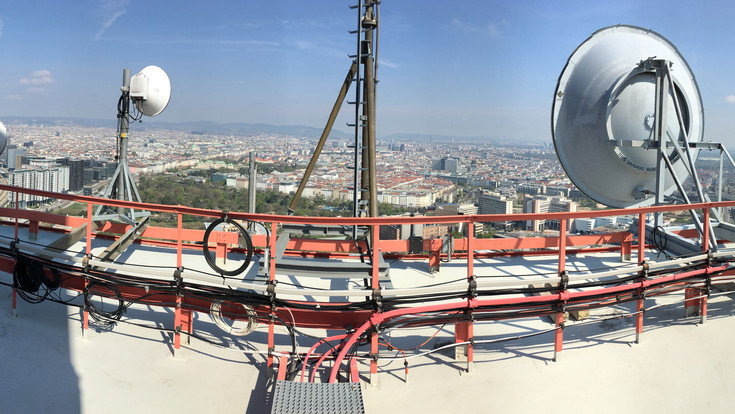
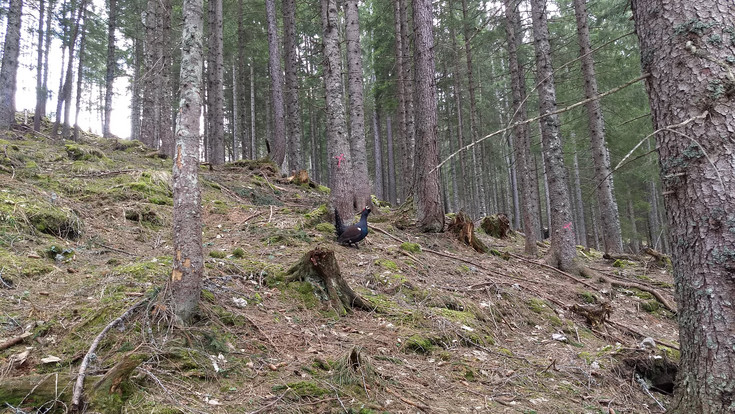

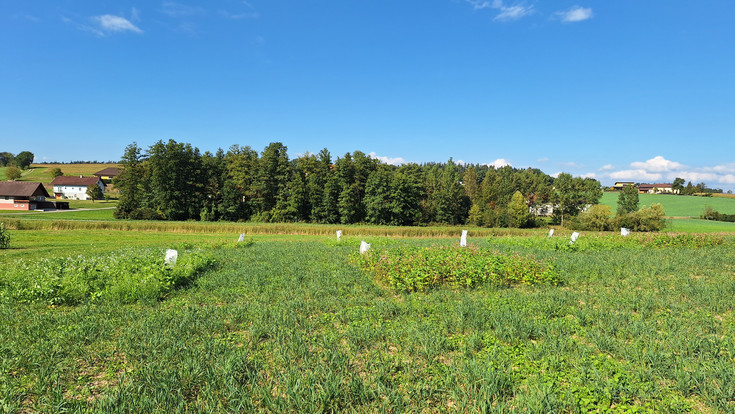
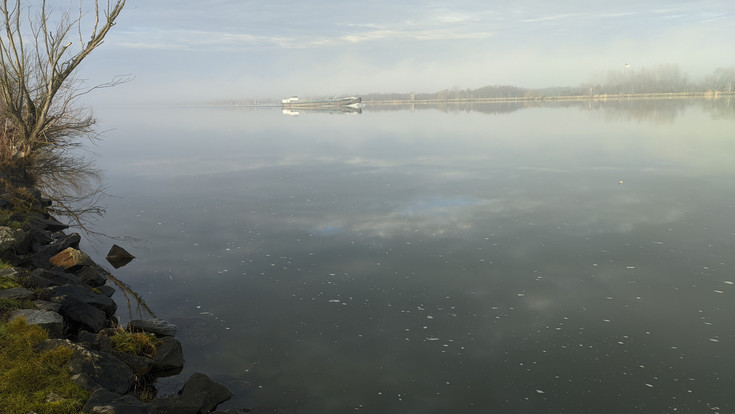
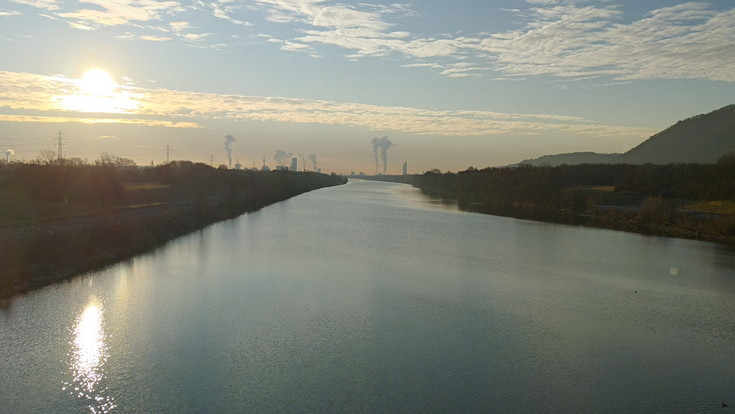

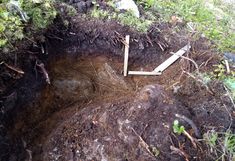
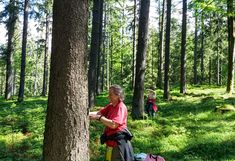
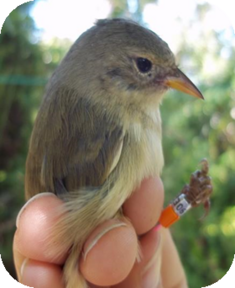
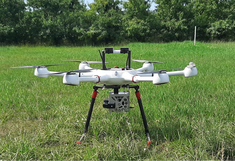
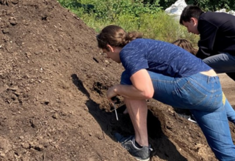
![[Translate to English:] for details click right and "view graph"](/fileadmin/_processed_/2/c/csm_Poster_Christoph_Noller_36d71635db.png)
![[Translate to English:] for details click right and "view graph"](/fileadmin/_processed_/b/1/csm_Poster_Vorlage_higher_resolution_0ab2c3baa5.png)